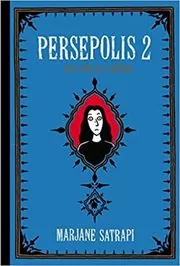David and Goliath Summary
Author: Malcolm Gladwell
This page offers our David and Goliath summary (Malcolm Gladwell's book). It opens with an overview of the book, and follows with a concise chapter-by-chapter summary.
Drafted with AI assistance and reviewed by a human editor.
As an Amazon Associate, we earn from qualifying purchases (at no extra cost to you).
This book has 3 recommenders!
Overview
The narrative delves into the dichotomy between power and prestige, and weakness and adversity. One theory proposed is that traditionally weaker entities in a contest can surprisingly have unacknowledged advantages over their formidable opponents. Another theory suggests that an excess of strength can turn detrimental, as represented by an inverted-U curve, where the benefits of strength initially increase, but start to decline after reaching a peak.
The book develops these claims through various examples. It presents the Biblical story of David, who overpowers the formidable warrior Goliath, using a mere sling. It talks about an under-skilled girls' basketball team that wins games through unconventional tactics, and T.E Lawrence's guerrilla tactics used to defeat the Turkish army in World War I. The narrative underscores how perceived weakness can foster innovation and success, like the French Impressionists who staged their own exhibition or a student who thrives in a less prestigious school. Another concept highlighted is the inverted-U curve, illustrated through school class sizes and family income.
The text further expands on these themes, shedding light on how personal hardships can lead to the development of valuable skills. It shares the journeys of several dyslexic individuals who, due to their condition, honed exceptional skills. It discusses how brushes with danger can enhance physical courage, as seen in the survivors of the London Blitz in World War II and Civil Rights leader, Fred Shuttlesworth. The narrative also addresses the limitations of governmental power, illustrating these through harsh historical events like the British government's actions in Belfast, Northern Ireland, and the U.S government's approach during the Vietnam War. It concludes by suggesting that excessive power and harsh policies may not always yield the desired outcome.
Edited by
Software engineer whose passion for tracking book recommendations from podcasts inspired the creation of MRB.
Lead investor at 3one4 Capital whose startup expertise and love for books helped shaped MRB and its growth.







Comments
Did we miss something? Have feedback?
Help us improve this page by sharing your thoughts